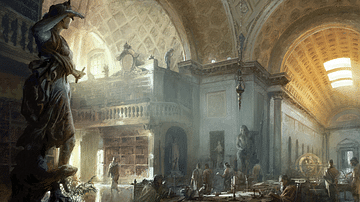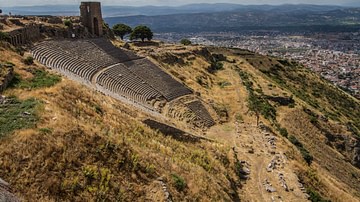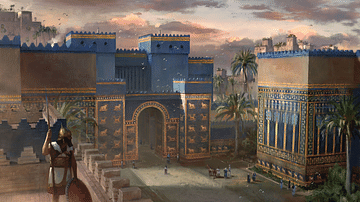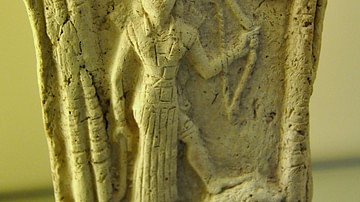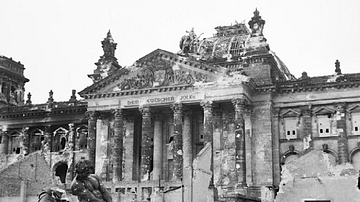Server Costs Fundraiser 2024
Help our mission to provide free history education to the world! Please donate and contribute to covering our server costs in 2024. With your support, millions of people learn about history entirely for free every month.
$3890 / $18000
Video
Cite This Work
APA Style
Amin, O. S. (2014, August 20). The Ishtar Gate of Babylon at the Pergamon Museum, Berlin. World History Encyclopedia. Retrieved from https://www.worldhistory.org/video/527/the-ishtar-gate-of-babylon-at-the-pergamon-museum/
Chicago Style
Amin, Osama SM. "The Ishtar Gate of Babylon at the Pergamon Museum, Berlin." World History Encyclopedia. Last modified August 20, 2014. https://www.worldhistory.org/video/527/the-ishtar-gate-of-babylon-at-the-pergamon-museum/.
MLA Style
Amin, Osama SM. "The Ishtar Gate of Babylon at the Pergamon Museum, Berlin." World History Encyclopedia. World History Encyclopedia, 20 Aug 2014. Web. 26 Jul 2024.
